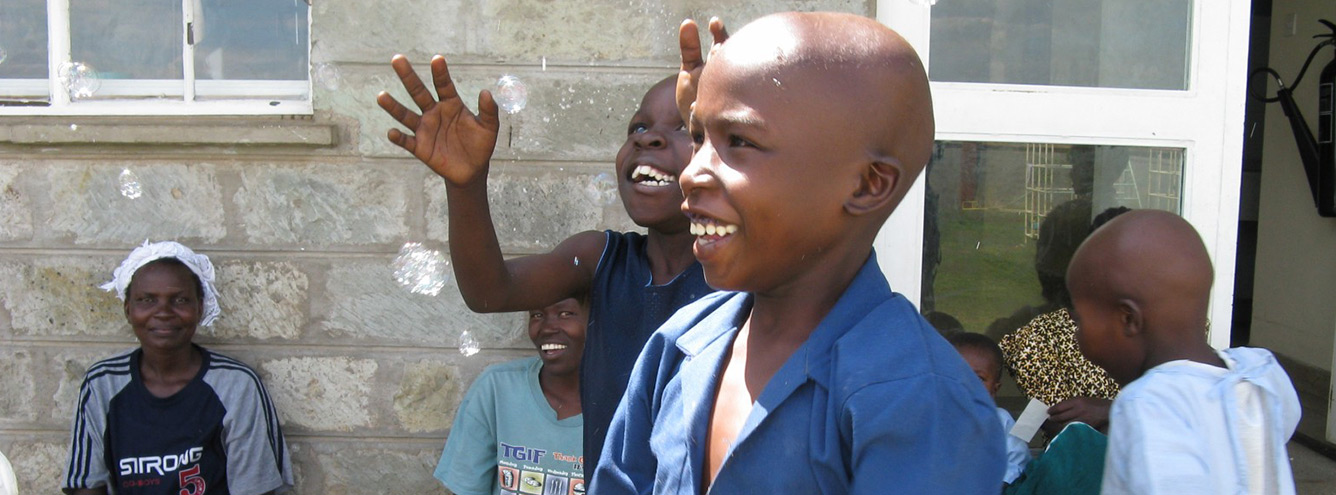Most children with curable eye cancer in Low- and Middle-Income Countries (LMICs) die or become completely blind.
The story of Rati’s Challenge began in Africa, where more than 2,000 children develop retinoblastoma each year across the continent. In comparison, each year there are about 300 new diagnoses in the USA, 25 in Canada, and 50 in the UK.
While three-year survival among children treated at specialist centres is as high as 66%, follow-up is often erratic, hindering the accurate recording of long-term survival.
Many children still die without diagnosis or specialist care, and five-year survival across Africa is estimated to be less than 30%, compared with survival above 98% in the USA, UK and Canada.
Major Challenges to Survival
Most children with retinoblastoma in LMICs around the world today are still diagnosed at an advanced stage, and many receive no treatment, delayed, inappropriate, or incomplete therapy. Major challenges to survival include:
- Delayed diagnosis
- Delayed, inappropriate, inconsistent or incomplete medical care
- Overwhelming burdens on the family
Delayed Diagnosis
Awareness about childhood cancer and access to accurate information is often limited. This leads to harmful misconceptions about signs and symptoms, treatment, and side effects.
Most families have limited access to community paediatric eye health care, impeding early detection and prompt referral to ophthalmology.
While early signs of retinoblastoma are visible to the observer, they are subtle. A family is unlikely to spend limited funds on travel and medical bill for an eye exam for a white glow or turned eye when the child appears healthy
Children are often not diagnosed until the cancer is very advanced and chance of cure is remote. This perpetuates beliefs that conventional medicine does not work and cancer in children cannot be cured.
Untreated eye cancer that has spread beyond the eye mutilates the child terribly, causing appalling suffering.
Delayed, Inappropriate, Inconsistent, or Incomplete Medical Care
Medical care is hindered by the scarcity of published literature about appropriate retinoblastoma management in resource-limited countries, and limited access to existing literature. Few professional development opportunities focused on retinoblastoma in LMICs also limits knowledge and agreement on the best way to diagnose, treat, and care for children.
Treatment in most LMICs is not free. While some countries have national health insurance plans, they don’t always cover cancer treatment, and many children are uninsured at diagnosis.
The financial burden of medical bills causes many families to delay or abandon treatment and follow up, leading to inconsistent and incomplete care. Families who are financially exhausted by the costs of initial treatment often lack resources for timely care when relapse occurs. The relapse may never be treated, or therapy may begin when the cancer has become incurable.
Abandonment of therapy and follow-up care is the primary cause of treatment failure among curable children in LMICs.
Overwhelming Burdens on the Family
Lack of family support to address practical, emotional, financial and social burdens quickly erodes hope.
Many families have long, expensive journeys to a major city and specialist hospital for care. Often they do not have an affordable safe place to stay near the treatment facility, exposing them to danger and illness when they are already physically and emotionally drained and vulnerable.
Children and parents are thrust into a world of invasive procedures, life-altering surgery, intensive therapies, unfamiliar language, stressed communications, and uncertain futures. These experiences can quickly overwhelm their ability to cope with each encounter. Lack of support increases their risk for medical trauma and Post-Traumatic-Stress-Disorder.
Families are often separated for months or even years. Like all families affected by childhood cancer, the affected child, siblings, parents, and other relatives can suffer emotionally long after treatment ends. Many marriages crumble in the years during and after treatment.
Families who were relatively financially comfortable before their child’s cancer diagnosis can experience major hardship due to these burdens and the lack of support. Families who were financially challenged before diagnosis often find themselves pushed into crippling poverty. Some parents are forced to abandon their child in the hospital when they cannot pay their medical bills.
Sharing Hope, Saving Lives
Abandonment of treatment and death from delayed diagnosis is almost unheard of in High-Income Countries (HICs), where the main focus is preserving vision. Yet the high cure rates achieved in HICs can be equally achieved across Africa and other resource-limited regions of the world.
Building awareness, local capacity to promptly detect, refer, diagnose, and treat retinoblastoma, and compassionate, practical family support, will save many thousands of children. This is the mission of Rati’s Challenge.


